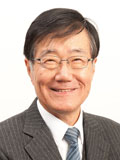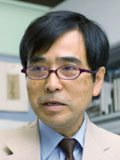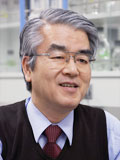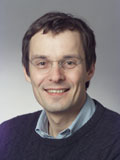Advisers
Hiroshi Masuhara
| National Chiao Tung University Taiwan & Nara Institute of Science and Technology |  |
|
| Message | I have been exploring new laser-induced phenomena in molecular system and elucidating their dynamics and mechanisms. In particular, my research has been extended on laser-induced cooperative photochemical reactions in molecular solids, time evolution from molecular electronic excitation to morphological changes in solids, and phase separation and crystallization that follow molecular assembly. I would like to consider dynamical ordering and creation of integrated functions from these perspectives. | |
|---|---|---|
Tadashi Sugawara
| Department of Chemistry, Faculty of Science, Kanagawa University, Professor The University of Tokyo, Professor Emeritus |
 |
|
| Message | I believe the concept of dynamical ordering is very important concept in a life system. Exploration of spatiotemporal processes through which the structural change of a system leads to a function and clear demonstration of the universality and diversity of hidden mechanisms in various systems will open up a new academic discipline. | |
|---|---|---|
Kunihiro Kuwajima
| The Graduate School of Science, The University of Tokyo, Professor Emeritus Korea Institute for Advanced Study, KIAS Scholar |
 |
|
| Message | Elucidating life phenomena in terms of the physical chemistry of biomolecules is an important new research area and a pillar of basic bioscience. I hope that many joint studies will be conducted in this field and that many young researchers will be cultivated. | |
|---|---|---|
Christian Griesinger
| Max Planck Institute for Biophysical Chemistry |  |
|
| Message | The research proposed by Dr. Kato and his colleagues aims at elucidating and understanding the mechanisms that underlie dynamic ordering of biomolecules and enables them to perform their complex functions. On the structural level the challenge is the elucidation of time and space coordination of stoichiometric and conformational dynamics which needs to be studied by an integrated approach using sensitive quantitative techniques ranging from fluorescence based imaging, electron microscopy, mass spectrometry and NMR spectroscopy. The principles elucidated in this project will prove to be useful for approaches in synthetic biology whose ultimate goal is the creation of minimal artificial life or modulation of existing life forms to perform modified or novel functions. | |
|---|---|---|
